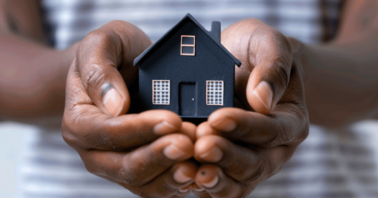In Kenya, when you buy a house or make a property transaction, you have to pay something called “stamp duty.” It’s like a tax that the government charges you to transfer property from one person to another.
Let’s explore what this stamp duty is, who pays it, how much it costs, and some important things you need to know about it.
READ ALSO: Types of Taxation in Kenya for a Real Estate Investor
Table of Contents
What is Stamp Duty?
Stamp duty is a tax you pay when you transfer property. It applies to written documents that transfer ownership of land and buildings. This includes residential properties like houses and apartments, as well as non-residential properties like land without buildings.
The amount of stamp duty you pay depends on the value of the property.
READ ALSO: Buying a House: Are You Aware of These Hidden Costs?
Who Pays Stamp Duty?
If you buy a site with an agreement to build a house on it, you must pay stamp duty at the residential property rate. If you buy a site without plans to build, you pay at the non-residential property rate. The buyer is responsible for paying stamp duty, and it’s important to consider this cost when making property transactions.
How Much is Stamp Duty?
The stamp duty rate is 4% for properties within municipalities (cities and major towns) and 2% for those outside municipalities (upcountry). For example, if you buy a house for Ksh10 million, you need to pay Ksh400,000 as stamp duty if the property is within a municipality.
Stamp Duty Exemptions
Some transactions are exempt from stamp duty, which means you don’t have to pay it.
These exemptions include:
- Transfers to charitable organizations
- Transfers between spouses
- Transfers of family property upon the death of a family member
It’s essential to be aware of these exemptions to save on costs.
How to Pay Stamp Duty in Kenya
To pay stamp duty, you can use the Ardhisasa portal. This is a national land information management system developed by the Ministry of Lands and Physical Planning in consultation with the National Lands Commission, County Governments and other stakeholders, for Kenyans by Kenyans. The platform enables the common mwananchi to access credible, reliable and efficient land and land-based services.
- First, log in to the Ardhisasa portal and click “Stamp Duty Self Assessment.”
- Navigate to the ‘New Application’ button and click on it.
- Provide the relevant information & documentation needed. Confirm everything is correct.
- Click on Submit. This will initiate an invoice to be generated.
- Once the invoice has been generated, click on the ‘Pay’ button.
- Choose a payment method and follow the instructions there-in.
It is also important to note that the payment processing is facilitated through e-citizen, and for each generated invoice, there is a convenience fee of 50 Kenyan shillings.
Important Notes
Stamp duty must be paid within 30 days of the property transaction. If you don’t pay on time, the transaction becomes invalid, and any agreements made are not legally binding. Additionally, there are penalties for late payment, so it’s crucial to adhere to the deadlines.
In conclusion, understanding stamp duty is vital when buying or selling property in Kenya. It’s a legal obligation, and non-compliance can lead to significant issues. By being aware of the rates, exemptions, and payment procedures, you can ensure a smooth property transaction process and avoid unnecessary complications.



